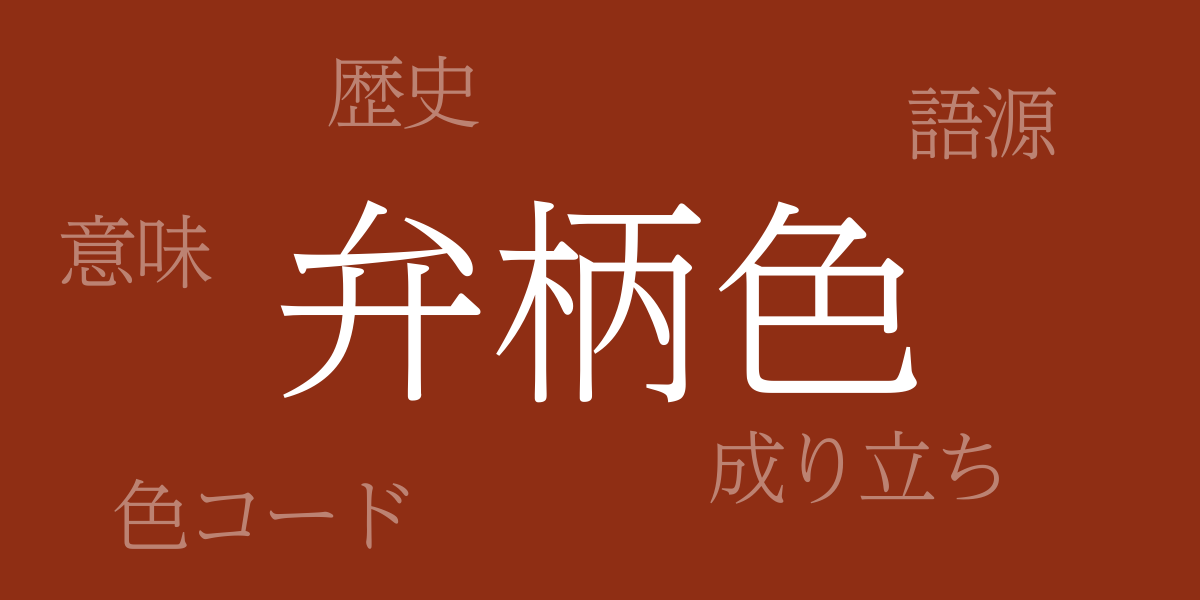Japanese traditional colors, born from the rich natural surroundings and seasonal transitions, are renowned worldwide. Among these, “Bengara-iro (弁柄色 – べんがらいろ)” symbolizes the delicate sensibilities and deep cultural understanding of the Japanese people. This article delves into the allure of Bengara-iro, exploring its history, color codes, and its names in Western contexts, unraveling the stories hidden in this beautiful hue and exploring its meanings and applications.
About Bengara-iro (弁柄色 – べんがらいろ)
Bengara-iro (弁柄色 – べんがらいろ) refers to a traditional Japanese reddish-brown, made from natural iron oxide pigments. This earthy, warm tone is prevalent in traditional Japanese crafts and architecture, deeply ingrained in the Japanese way of life. Bengara-iro represents the beauty of harmony between nature and human craftsmanship and continues to be cherished by modern designers and artists.
The History of Bengara-iro
The history of Bengara-iro stretches back to ancient times, with usage recorded as early as the Nara period. Named after the Bengara pigment, it was used in various applications, including architectural paints and coloring of statues. By the Edo period, it found its way into everyday items like fire tongs and trays, becoming a part of the common people’s lives. Over time, its uses expanded, and it has come to symbolize Japanese identity, highly regarded both domestically and internationally.
Color Code of Bengara-iro
In modern digital design, accurately replicating Bengara-iro requires specific color codes. Below are the typical color codes representing Bengara-iro:
- HEX: #8F2E14
- RGB: R:143 G:46 B:20
- CMYK: C:47 M:92 Y:100 K:17
Western Names for Bengara-iro
In the West, Bengara-iro is known as ‘Bengara Red’ or ‘Iron Oxide Red’. This deep reddish-brown is recognized internationally and used across various fields such as painting, fashion, and interior design, where it adds warmth and calmness.
Conclusion on Bengara-iro
Bengara-iro occupies a special place as a Japanese traditional color, cherished for its historical significance and beautiful hue. Understanding its meaning and history enriches our appreciation of Japanese culture. Today, its color codes and Western names allow Bengara-iro to be loved worldwide, and incorporating this traditional color into our lives helps pass on the beauty of Japanese tradition to future generations.

























